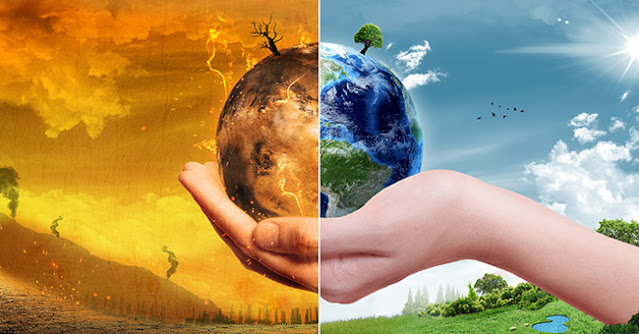Geological records stretching back millions of years indicate a number of large variations in Earth’s past climate. These have been caused by many natural factors, including changes in the sun, volcanoes, Earth’s orbit and CO2 levels. However, comprehensive assessment by scientists shows that it is extremely likely that human activity has been the dominant cause of warming since the mid-20th Century, with best estimates indicating the humans have contributed 100% of the observed warming between today’s climate conditions and those of the 1850-1900 period, an approximation of pre-industrial levels.
The bulk of emissions derive from our demand for energy. The largest contributor is carbon dioxide (CO2), emitted when fossil fuels are burnt to meet those demands. There are also other emissions attached to industrial processes and agriculture.
Greenhouse gas emissions
Scientists have known since the early 1800s that greenhouse gases (such as water vapour, carbon dioxide and methane) trap heat in the atmosphere. The concentration of CO2 in the air has reached more than 410 parts per million by volume (ppm), compared to about 280ppm in 1750 (around the start of the Industrial Revolution), increasing the amount of energy that is being trapped in the climate system and causing the surface temperature of the planet to rise. This increase in atmospheric concentrations is largely the result of burning fossil fuel for energy resulting in CO2 accumulating in the atmosphere.
The warming from increased levels of greenhouse gases in the atmosphere, and a smaller cooling effect of other human emissions such as aerosol particles that are often emitted alongside CO2, where assessed by the IPCC to explain 100% of the global average warming observed between the pre-industrial period and the 2006-2015 decade.
Natural influences
Over the last 800,000 years, there have been natural cycles in the Earth’s climate, between ice ages and warmer interglacial periods. After the last ice age 20,000 years ago, average global temperature rose by about 3°C to 8°C, over a period of about 10,000 years. We can link the rises in temperature over the last 200 years to rises in atmospheric CO2 levels. Greenhouse gas levels are now well above the natural cycle of the last 800,000 years.
Solar influences
The sun is the primary source of Earth’s heat, so relatively small changes in solar output can affect our climate. Satellite observations since the late 1970s have shown a slight decrease in the sun’s total energy output. However, instead of cooling, the Earth has warmed over this period. Also, warming from the sun would heat all of the atmosphere, including the lowest few kilometres (the troposphere) and the layer above (the stratosphere). Observations show that the stratosphere is in fact cooling while the troposphere warms. This is consistent with greenhouse gas heating and not solar heating.
Human causes of climate change
Humans cause climate change by releasing carbon dioxide and other greenhouse gases into the air. Today, there is more carbon dioxide in the atmosphere than there ever has been in at least the past 2 million years. During the 20th and 21st century, the level of carbon dioxide rose by 40%.
We produce greenhouse gases in lots of different ways:
- Burning fossil fuels – Fossil fuels such as oil, gas, and coal contain carbon dioxide that has been 'locked away' in the ground for thousands of years. When we take these out of the land and burn them, we release the stored carbon dioxide into the air.
- Deforestation – Forests remove and store carbon dioxide from the atmosphere. Cutting them down means that carbon dioxide builds up quicker since there are no trees to absorb it. Not only that, trees release the carbon they stored when we burn them.
- Agriculture – Planting crops and rearing animals releases many different types of greenhouse gases into the air. For example, animals produce methane, which is 30 times more powerful than carbon dioxide as a greenhouse gas. The nitrous oxide used for fertilisers is ten times worse and is nearly 300 times more potent than carbon dioxide!
- Cement – Producing cement is another contributor to climate change, causing 2% of our entire carbon dioxide emissions.






Comments
Post a Comment